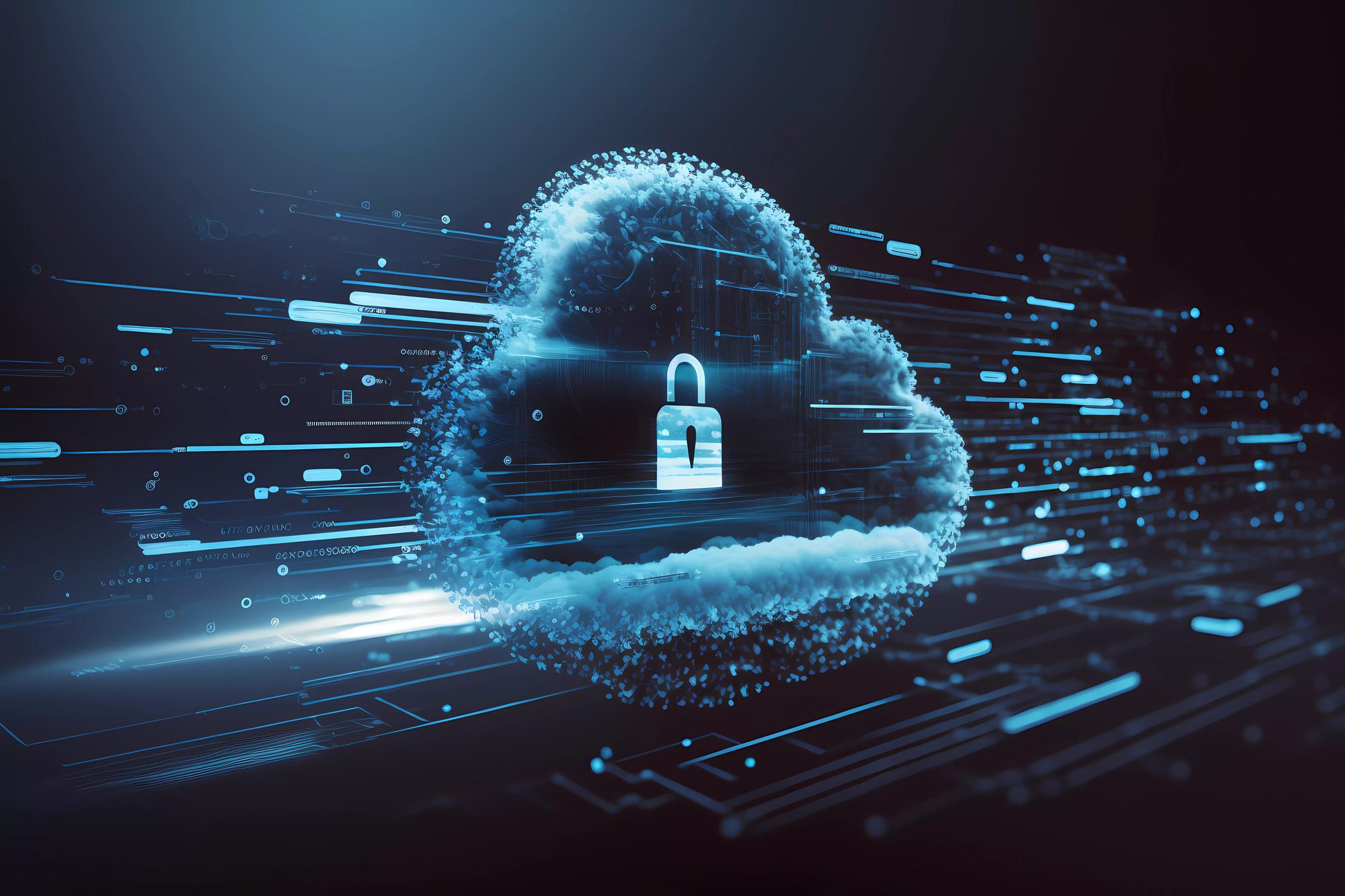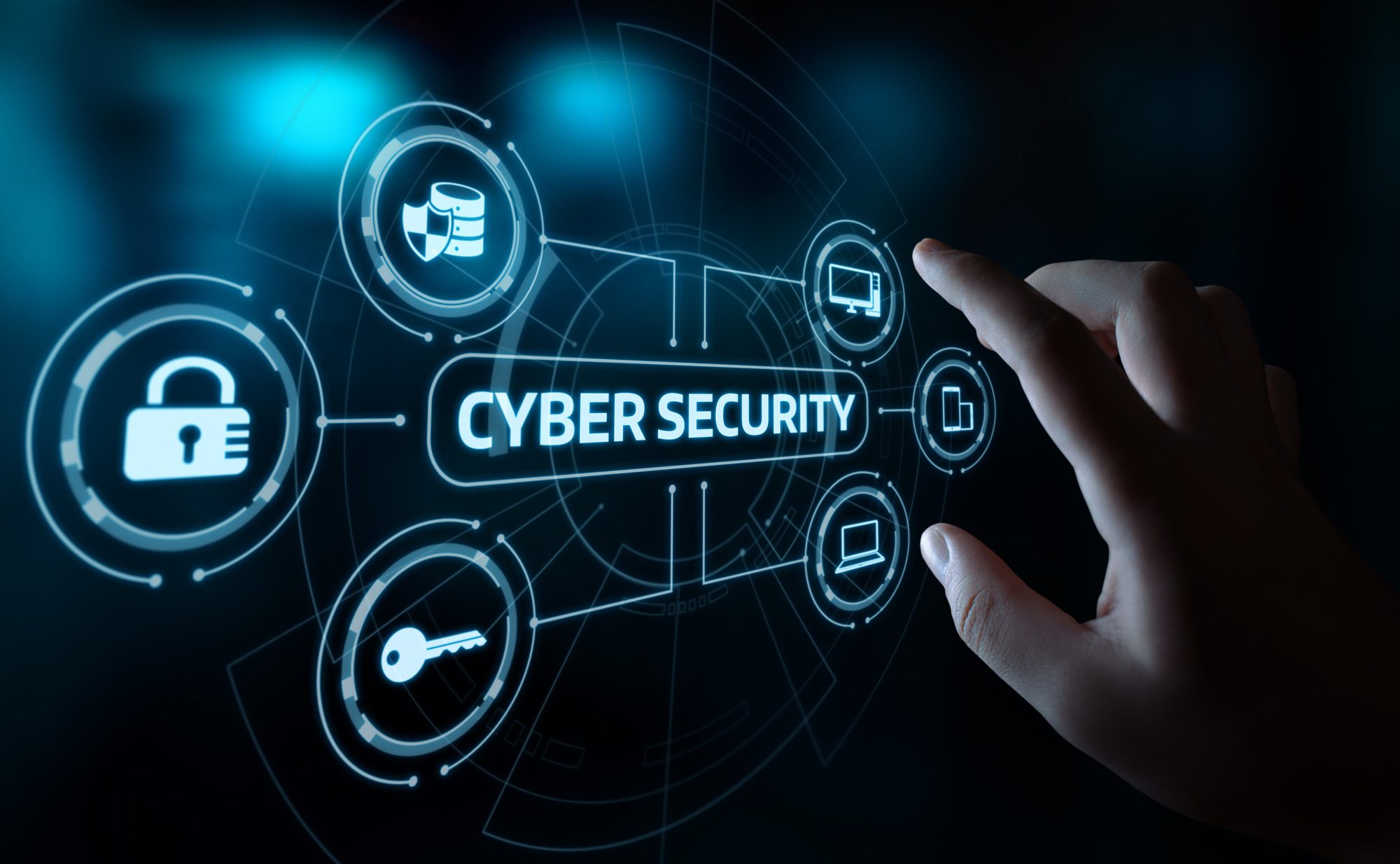
In early 2022, many organizations had yet to take full advantage of modern cybersecurity practices. Traditional security protocols such as firewalls and antivirus software were commonly applied. However, these weren’t always up-to-date or comprehensive enough to protect against increasingly sophisticated threats. In addition, while passwords were widely used, they rarely met current standards for strength and complexity.

This left systems vulnerable even if other protective measures were in place. The cyber landscape was also characterized by an increasingly diversified and sophisticated threat environment. Cybercrime has become a lucrative source of income for many malicious actors. State-sponsored attacks were also growing in frequency, with governments seeking access to valuable data or disrupting rival nations’ IT infrastructure.
According to an advisory of the Cybersecurity and Infrastructure Security Agency, 2023 will witness a spike in these and other malicious activities. To counter this threat effectively, companies and private users need to be mindful of modern solutions from certified cybersecurity professionals. This article will examine ten practices you can adopt in 2023. They include the following:
- Security Audits
Security audits are one of the most effective ways to identify vulnerabilities within your system architecture. Regular reviews allow you to identify these weaknesses before an attack happens rather than after. You can also conduct damage control if an issue is already causing costly downtime and financial losses.
Audits also help you comply with regulations like the General Data Protection Regulation or Health Insurance Portability and Accountability Act. These bodies dictate how user data must be handled securely across all systems.
- Patch Management
Patch management involves regularly applying software updates (patches) released by vendors for their products. Patches fix known bugs and flaws within these products, preventing attackers from exploiting the same weaknesses during future attacks.
It’s important to see patch management as an ongoing process rather than a one-time job. This is because new vulnerabilities are always being discovered, and patches are continually coming out. You’ll always be protected, so keep on top of this.
- Firewall Management
Firewalls act as the first line of defense for networks and systems. They control incoming and outgoing traffic based on rules set within their configurations. Firewall management is critical, especially if you want to maintain your cybersecurity posture.
Not only do firewalls help stop malicious payloads from entering your system and offer additional features. Examples are Intrusion Prevention Systems or Application Layer Protection, which further enhance protection through deep packet inspection techniques. This makes it harder for attackers who may have bypassed other layers of defense like antivirus software or web application filters.
- Strong Password Practices
The most basic form of security is a strong password policy. It’s best to create complicated passwords so third parties can’t easily guess them. Still, they have to be easy enough for you to remember without writing them down or storing them unencrypted.
You can also habitually change your passwords regularly (at least every six months). Use two-factor authentication whenever possible as well. This strengthens your protection since even if someone guesses your password, they won’t access the account.

- Multi-Factor Authentication (MFA)
MFA adds an extra layer of security that requires users to log into accounts using more than just their username and password combinations. Instead, it needs something else like
- A digital token sent via text message
- Biometric identifiers like fingerprint scans
- Facial recognition scans, among others
This practice increases the challenge for attackers, as they need multiple pieces of information to gain access. Implementing MFA significantly reduces the risk factor associated with online accounts and systems. It also enables your company to retain its data to meet compliance standards and avoid fines and strict penalties.
- Network Segmentation And Monitoring
The next layer of cybersecurity involves dividing your network into different zones based on specific criteria. You can use user privileges and roles, type of asset (e.g., web server vs. database server), or environment (e.g., development vs. production).
This improves monitoring of traffic flows between these segments, increasing difficulty for attackers. Any suspicious activity is easily detected when networks are correctly segmented rather than having all your assets lumped together.
- Secure Cloud Computing Infrastructure
As more businesses move their operations into the cloud, they must ensure that data is secured. It also has to be accessible only to authorized personnel. A proper cloud computing infrastructure includes encryption, virtual private networks, and authentication protocols you might need to access sensitive information. Therefore, invest in secure configurations.

- Machine Learning And Automation For Strong Endpoint Security
Endpoints are any device connected to an internal network, from laptops, computers, tablets, or smartphones. These devices offer hackers easy points of attack to gain unauthorized access and steal your valuable data.
As technology continues to evolve, new attacks are also emerging every day. Threats utilizing next-generation technologies like artificial intelligence and blockchain distributed ledger platforms are especially rampant.
However, by using endpoint protection solutions that rely heavily on machine learning and automation, you’ll detect malicious activities fast and accurately. Similarly, automation makes it easier to deploy cybersecurity patches across all devices in your organization automatically. This keeps them protected from the latest threats in real time.
- Create A Security-Centric Culture Within Your Organization
Your organization can also benefit from having a culture where everyone is focused on keeping networks secure from malicious actions. When creating one, include senior executives to every team member who works within or interacts with IT systems at any level. Don’t focus solely on designated and trained security experts.
Your leadership, for example, has to take responsibility and set expectations around how employees interact with company devices or data. This includes what they’re allowed or encouraged to do online using these resources. You can also institute regular risk assessments to create accountability throughout various teams.
Additionally, people often make mistakes that attackers exploit by sending phishing emails containing malicious links. This necessitates regular training sessions because your employees learn how to spot potential threats. Regular exercises like simulated attacks and quizzes further enhance knowledge retention. Every employee understands the necessary cybersecurity measures if specific scenarios arise within the workplace.
Training opportunities also ensure that each employee understands why these measures are necessary in the first place. This heightens their awareness regarding best practices when dealing with sensitive information online.
- Backup And Disaster Recovery Planning
Finally, consider strategies to prevent data loss and protect sensitive data from falling into the wrong hands. Data loss mainly results from malice, inadvertent mistakes end-users make like clicking malware payloads, or natural disasters.
Backups are essential in avoiding these situations since they offer a way out if a disaster strikes. They provide an escape route that can help you recover from such events relatively quickly and with minimal downsides.
This is why you need to have a robust backup plan and detailed recovery strategies when designing an infrastructure. For instance, you can establish offsite locations where data and systems can be replicated in case primary systems fail. And that’s not all. Remember to test this plan regularly so you and your staff know the necessary actions during actual emergencies.

Conclusion
It seems that 2023 is filled with a plethora of cyber threats. This requires corporations and individuals to adopt the latest cybersecurity practices to mitigate these risks effectively. This article has highlighted ten key areas to implement when building your IT infrastructure. They’re essential for maintaining high levels of protection against malicious actors always looking to exploit your systems architecture. Take proactive steps now and keep your digital assets safer than ever before.